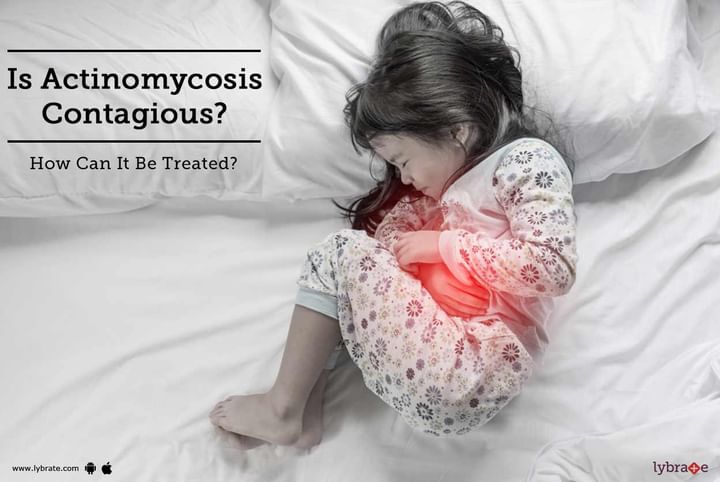Is Actinomycosis Contagious? How Can It Be Treated?
Actinomycosis is a chronic disease that causes bruises or scars in the body's soft tissues. Actinomycosis is typically found in the:
- Mouth
- Nose
- Throat
- Lungs
- Stomach
- Intestines
Actinomycosis once in a while shows up in other parts of the body. However, it can spread from the underlying affected area to different parts of the body if any sickness or a disease harms your tissue. Actinomycosis is not infectious. It is essentially found in the tropical regions of the world.
Some of the most common side-effects of actinomycosis are:
- High fever
- Weight reduction
- Bumps on the neck or face
- Depleting bruises on the skin
- Overabundance of sinus flow
- Coughing
- Chest pain
Anti-toxins are the essential treatment for actinomycosis. High amounts of penicillin are normally necessary to cure the infection. In case you are hypersensitive to penicillin, your specialist can give you different antimicrobials, for example,
- Antibiotic medication
- Clindamycin
- Erythromycin
It can take up to a year for the anti-toxins to totally cure the infection. Any skin eruptions, or bumps, from the contamination, should be taken care of or removed. In case that you have actinomycosis because of the utilization of an IUD(intra-uterine device), the gadget needs to be expelled to contain the advancement of the disease. Inform your specialist quickly in case you have side effects of actinomycosis. Early, forceful treatment diminishes your probability of growing long-term implications and requirement of surgery. The treatments are as follows:
High-dosage penicillin regulated over a drawn-out period (six months to one year) is the basis of treatment for actinomycosis. These symptoms were produced when patients with actinomycosis were commonly late over the span of sickness with extensive injuries. They frequently accepted discontinuous anti-infection treatment.
What is more is the advanced imaging devices were not accessible to screen treatment. Accomplishment with shorter courses of treatment (less than six months) has been accounted for, particularly in cervicofacial actinomycosis.
Anti-infection agents that have no action against Actinomyces species include metronidazole, aminoglycosides, aztreonam, co-trimoxazole (TMP-SMX), penicillinase-safe penicillins (eg, methicillin, nafcillin, oxacillin, cloxacillin), and cephalexin.
- Penicillin G (Pfizerpen, Bicillin). It is one of the best treatments for actinomycosis. It reacts with the cell synthesis called the mucopeptide during active multiplication, bringing about the bactericidal movement against helpless bacteria and thus eliminating them.
- Doxycycline (Bio-Tab, Doryx, Vibramycin).For non-pregnant patients with penicillin sensitivity, it hinders protein combination and, along these lines, bacterial development by authoritative to 30S and perhaps 50S ribosomal subunits of defenseless bacterial organisms.
- Clindamycin (Cleocin). Suggested for patients with hypersensitive to penicillin, Lincosamide hinders bacterial development, by blocking separation of peptidyl t-RNA from ribosomes. This brings about RNA-subordinate protein synthesis to an arrest. Disadvantage of this is the absence of coverage against some surrounding bacteria.
In case you have a concern or query you can always consult an expert & get answers to your questions!



+1.svg)
